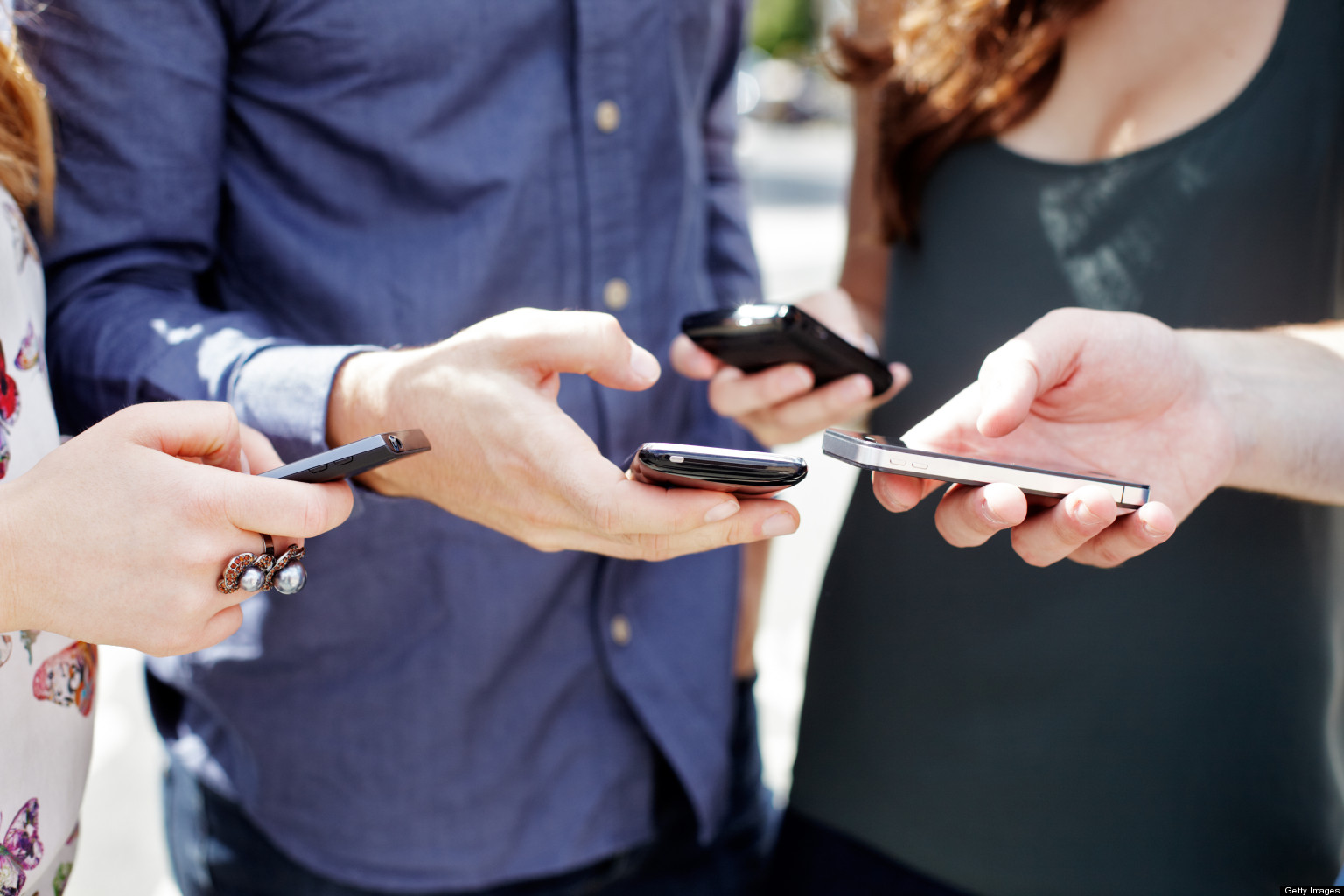Millennials have more or less lived a life integrated with technology, and growing up with social media in particular has given them the proclivity to share content, as well as interact with what others share. While older generations may struggle with the ins and outs of social media etiquette, millennials know exactly how to act and not act across different social media venues.
From platforms like Facebook and Instagram, where millennials portray a more carefully curated image of themselves, to more casual platforms, like Snapchat and Twitter, where less of an aesthetic is involved, millennials are well-versed in the faux pas of social media and the meanings of certain actions.
That being said, this social media savvy comes at a price, and that price is paranoia. Social media etiquette becomes second nature, but the very behavior that encourages users to smash the like button also causes them to hesitate before doing so. Sometimes the prospect of pressing “like” is too much; the tap of a single finger on a touchscreen, or a quick click on a track pad, feels like too large of an implication.

This hesitation is rooted in social psychology, one not based in reason but, rather, in delusion. Pressing “like” can prove difficult, because, whether separated by thousands of miles or a few hundred meters, at the end of that simple action is a person. In other words, giving something a like is an automatic way to digitally appear in front of that person.
Because likes and follows carry different weights, it’s essential to understand their role in social media etiquette. Attached to each simple action is a social implication, a cue. By liking or following someone, the person who initiates the action sends a message. As a result, interacting with a professor’s content on social media, for example, must be done with caution, especially depending on your relationship with the professor.
Equally, with a crush, the like must be dealt with carefully. Any social media attention from a crush usually results in: “Hey, he liked my photo! Maybe he’s into me,” or “She added me on Facebook and followed my private Instagram account! Maybe she’s into me.”
And since social media attention sends a rush of dopamine, a pleasure chemical, to the brain, a series of social media actions can be meaningful, not to mention enjoyable. No matter how silly it seems, likes, follows and friend requests have a lot of weight.
The gravity of an action also depends on the person in question. The relationship to that person is key; it determines the nature and frequency of what constitutes an acceptable social media interaction.
With a best friend, a like has no gravity. The like is a simple vote of confidence or appreciation. It’s a shameless action. With a floor mate, the like might be less frequent, but still as lighthearted and negligible. Close friends can delve shamelessly into each other’s photo albums on Facebook and engage with whatever content they want, no matter how deeply buried it is.
When it comes to loose acquaintances though, it’s best to stay on the fringe. Liking the album itself or photos in the album that have gotten a lot of attention is socially acceptable, but delving deep borders on creepy. A tenuous connection to that person grants access to surface-level content, but not to what lies below. Facebook likes have to be earned in the real world, outside of the digital. Evaluating the nature of real life interactions with someone is a good way to determine how to proceed on social media.
In healthy, normal friendships and relationships, the like is nothing. In broken friendships and relationships though, the like is key. The like is an indicator that all is well; the absence of a like might be an indicator that something’s off.
After a breakup, it might be too soon to like each other’s content on social media. On the other hand, when an ex finally changes their profile picture to one with a new significant other, liking that content is a way to make peace. It signals, “We’re not together anymore, but it’s okay.” The like is an unspoken seal of approval.
The like is also powerful when it comes to former flames. Social media interaction allows former flames and hookups to keep each other on the back burner; a like can be a signal for a hookup.
And, in a world of increasingly casual sex, especially among millennials, it’s become easier to keep people on the back burner than ever. Since instant communication means instant access, social media allows former flames to tap into casual sex in an unprecedented way. A like is a simple lead-in to asking, “Hey, what are you up to tonight?”
In the age of social media, the fuckboy thrives.
Fuckboys aside, social media interactions help gauge the status of a personal relationship. Sometimes social media interaction is one-sided, but it’s important to remember that appearing in someone’s feed isn’t guaranteed. Even though intricate formulas determine which content appears when and where, absence of social media attention breeds socially acceptable paranoia. This dynamic is unhealthy.
Social media is an established part of contemporary life, and it’s certain to stay that way. Moving forward, learning how to interact with social media in a healthy way is essential. Examining who likes what, and trying to derive meaning from these small actions, can endanger an otherwise healthy relationship. Social media is about looking, about seeing and about being seen. Seeing who looks at you might seem irresistible, but you should probably look away.


















[…] is eMarketer’s country-by-country guide to social media adoptionBusiness Insider UKSocial Media Etiquette: When to Look, Like and FavoriteStudy BreaksHow to bring the social back in your brand’s social media marketing […]
[…] to post, how much to post and how many likes a post receives inevitably become understood reflections of not only the users’ content, but the […]